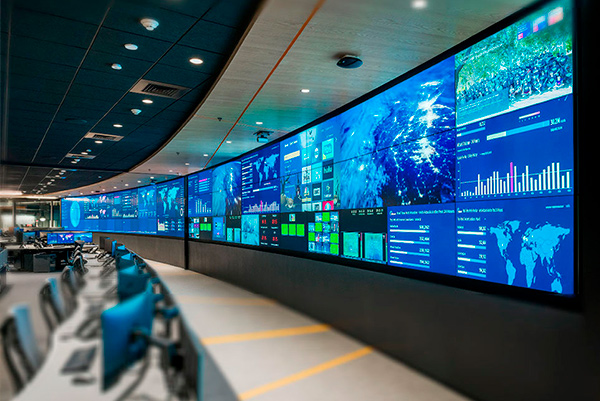
A frequent kind of LED display screen technology is the direct view Light Emitting Diode. Such technology uses separate Light Emitting Diode modules that are arranged closely in proximity to create a large display. Direct view LED walls are recognized for their elevated brightness and lively hues, which makes them ideal for outdoor events and well-lit lit environments. They also have a broad sight perspective, which means that people can view the screen distinctly from different positions. Such renders direct view LED screens a favored option for stadiums and outdoor events.
Another type of Light Emitting Diode display screen technology is the LED-backlit LCD. Such solution merges conventional LCD screens with LED illumination for improved luminosity and color accuracy. LED illuminated Liquid Crystal Displays are commonly utilized in interior settings, such as shopping malls as well as conference rooms. They provide superior visual clarity while are typically more cost-effective than direct view LED walls. However, they may not function as well in bright settings, led video wall for virtual events since the illumination can occasionally dull the hues.
A third option is the OLED video wall. Organic Light Emitting Diode solution offers exceptional contrast and color depth compared to alternative kinds of screens. Every dot in an Organic Light Emitting Diode display produces its individual luminescence, enabling for true dark tones as well as lively hues. Such renders Organic Light Emitting Diode display screens particularly appealing for applications that demand premium images, including gallery exhibitions and luxury shopping outlets. Nonetheless, Organic Light Emitting Diode technology can be more expensive and may often be as luminous as direct view LED walls, making it less suitable for outdoor use.
In addition to these options, various additionally various applications for Light Emitting Diode display walls. They can be utilized for promotion, entertainment, and data presentation. For instance, businesses commonly utilize Light Emitting Diode video walls for electronic advertising to attract customers as well as promote products. Within amusement, they enhance the visual encounter at concerts and gatherings, offering dynamic backgrounds as well as engaging visuals. Within business settings, Light Emitting Diode display walls can be utilized for demonstrations, video meetings, as well as training programs, aiding to convey data through a visually attractive manner.
In conclusion, Light Emitting Diode display walls are available in various technologies, each having its unique advantages as well as uses. Direct view Light Emitting Diode screens are great for external use, while LED illuminated LCDs are more suitable for interior environments. Organic Light Emitting Diode video walls offer superior image clarity yet may be at a greater cost. Grasping these differences can assist organizations to make informed decisions about which type of Light Emitting Diode video screen most meets their needs, whether for promotion, entertainment, or business use.